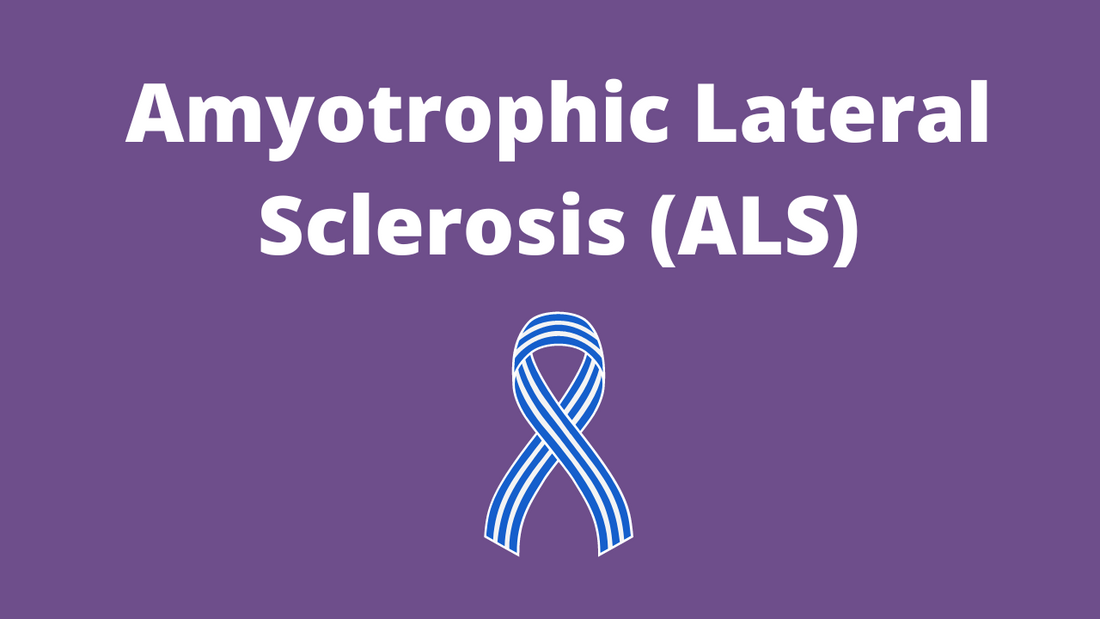About ALS
ALS, also known as Lou Gehrig's disease, is a neurological disease that affects the brain and spinal cord cells that regulate voluntary muscle movement. This disease can progress quickly. Most patients live only 2 to 5 years after the first symptoms appear. Even so, there are a few rare cases that have survived long after that. Currently, there is no effective treatment for this disease.
CBD can help ease muscle spasms, while being a powerful anti-inflammatory and antioxidant. CBD also has neuroprotective effects, helping brain cells live longer. Other cannabinoids such as THC, CBN, CBC may also be useful for ALS. One known cause of ALS is a deficiency of the enzyme superoxide dismutase (SOD1), a powerful antioxidant that helps protect the body from harmful free radicals. Therefore, the strong antioxidant properties of CBD can be of great benefit in this disease. Studies on hemp/cannabis and ALS are very limited. There is still some anecdotal evidence and some medical journal entries on typical clinical cases.
A 2004 study showed that THC slowed the progression of ALS in lab rats. This led to a report calling for human clinical trials in 2010.
Famous ALS patient story
Cathy Jordan is a well-known ALS patient. In 1985, when she was 35 years old, she encountered the symptoms for the first time. Her physical strength suddenly became so weak that she could not lift any objects. By 1986, she was diagnosed with ALS.
“Most people start using a feeding tube because they are afraid of choking to death”, says Cathy. Her illness was so severe that she nearly died several times from choking on her own saliva.
Cathy found out about medical marijuana by accident. In 1986, Cathy moved from her home in Delaware to Florida, looking for a way to end her life. She wanted to see Florida beaches once before she died. However, at Bradenton Beach, when Cathy smoked the cannabis strain called Myakka Gold, she felt so much better and later, she went back to tell her husband about the experience. Since then, Cathy has continued to use marijuana to treat herself despite the objections of doctors, because they fear it will adversely affect Cathy's lungs.
Despite being told by her doctor that she has only 3 to 5 years left to live, Cathy has now become one of the longest living ALS patients in the world, and is actively fighting for the legalization of marijuana. in Florida.
How to use cannabis for ALS
High dosage might be needed. Start small and gradually increase the dose until the symptoms of ALS can be minimized and the patient feels most comfortable. Both THC and CBD can be used, and in whatever form the patient desires, in accordance with different conditions and circumstances.
Inhaling cannabis will provide the fastest effect, while using it orally will have the longest lasting effect.
Reference
Raman, C., McAllister, S. D., Rizvi, G., Patel, S. G., Moore, D. H., & Abood, M. E. (2004). Amyotrophic lateral sclerosis: delayed disease progression in mice by treatment with a cannabinoid. Amyotrophic lateral sclerosis and other motor neuron disorders : official publication of the World Federation of Neurology, Research Group on Motor Neuron Diseases, 5(1), 33–39. https://doi.org/10.1080/14660820310016813

